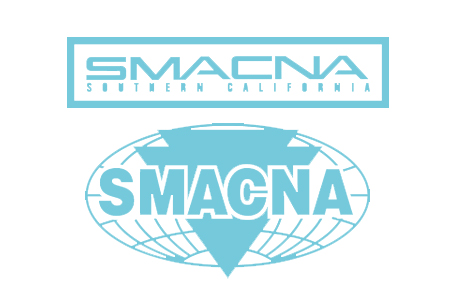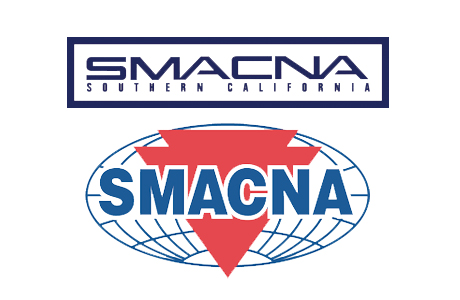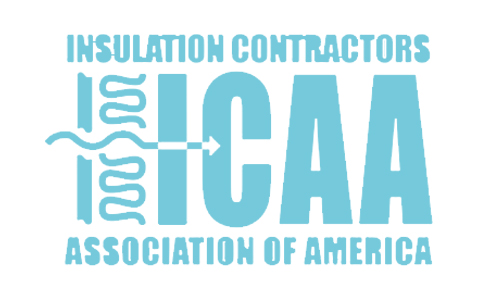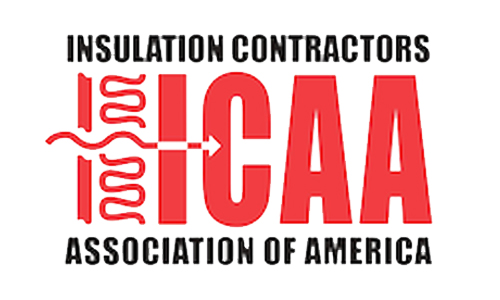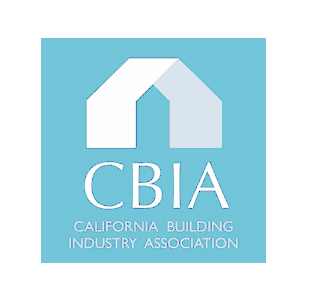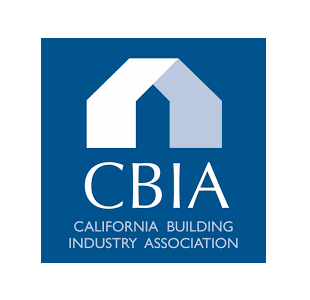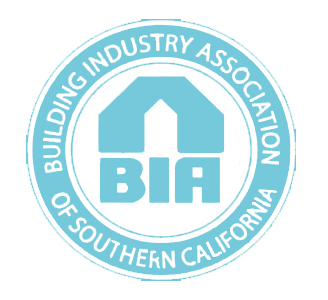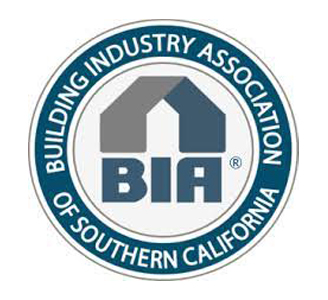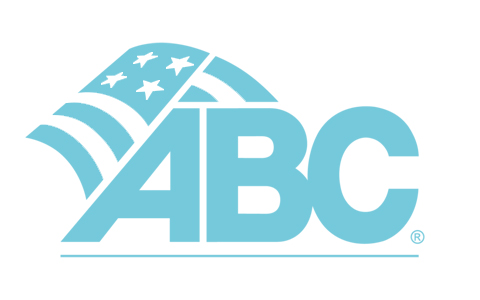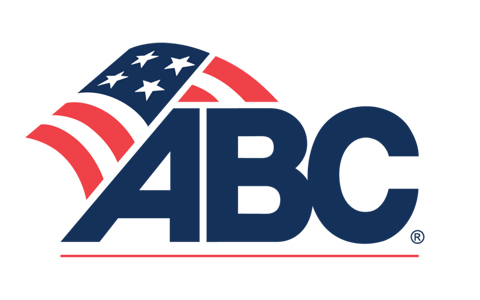This summer, the California Supreme Court agreed with a legal brief submitted by ASA of California (drafted by Crawford & Bangs for the Association) in the case of Los Angeles Unified School District v. Great American Insurance Company and Hayward Construction Company (Great American). The issue before the Court was whether the contractor may recover additional sums beyond its contract price against the public entity when the plans and specifications were correct, but the public authority failed to disclose information in its possession that materially affected the cost of performance. California courts have long held that “[a] contractor of public works who, acting reasonably, is misled by incorrect plans and specifications issued by the public authorities as the basis for bids and who, as a result, submits a bid which is lower than he would have otherwise made may recover in a contract action for extra work or expenses necessitated by the conditions being other than as presented.” The Great American case was the first time the issue had arisen where the plans and specifications were correct, but there was a failure of disclosure by the public entity of information considered vital by the contractor. The Court sided with the contractor and against the public entity requiring full disclosure of material facts and providing for damages to the contractor if certain elements are proven.
The Great American case started in 1996 when the Los Angeles Unified School District (District) awarded an elementary school construction project to Lewis Jorge Construction. After the District terminated that contract in 1999, the District sought proposals from other contractors to correct defects in Lewis Jorge’s work and to complete the project. The District provided the new contractors with the original plans and specifications, and a “current correction list” identifying work the District’s inspectors had found to be defective, incomplete or missing. Hayward Construction Company (Hayward) submitted a bid to complete the project for a guaranteed maximum price. After starting work at the project, Hayward discovered that it had significantly underestimated the cost of the remedial work based on the fact that a substantial amount of deficiencies and incomplete work had not been noted on the “current correction list” and could not have been detected by simple observation. Hayward sought extra compensation for work it characterized as latent defects. While the District did pay Hayward some extra compensation, it refused to fully compensate Hayward; and subsequently the District filed suit seeking to recover the extra compensation that it had paid to Hayward.
The trial court sided with the District and ruled against Hayward. The trial court placed a heavy burden on Hayward requiring it to prove that the District either actively concealed or intentionally omitted material information. When the trial court concluded that Hayward could not meet this burden, it granted judgment in favor of the District for more than a million dollars. The Court of Appeal reversed the trial court and held that “Hayward may maintain a cross-action for breach of contract based on nondisclosure of material information if it can establish that the District knew material facts concerning the project that would affect Hayward’s bid or performance and failed to disclose those facts to Hayward.” The California Supreme Court sided with the Court of Appeal rather than the trial court, adding further clarity in its decision by outlining the specific criteria for a contractor to recover damages for a failure to disclose by the owner.
The Supreme Court described four requirements to be proved by the contractor seeking relief for a public entities’ failure to disclose relevant project information: “(1) the contractor submitted its bid or undertook to perform without material information that affected performance costs; (2) the public entity was in possession of the information and was aware the contractor had no knowledge of, nor any reason to obtain, such information; (3) any contract specifications or other information furnished by the public entity to the contractor misled the contractor or did not put it on notice to inquire; and (4) the public entity failed to provide the relevant information.” The Court stated that relief for nondisclosure was only appropriate if these four prongs were present to avoid public entities becoming the insurers of contractors’ own negligence in submitting bids that are inadequate to cover the costs of construction. This decision is an important win for ASA, and the 11 other trade associations that submitted “friends of the court” briefs, in that it supports the contractor’s right to rely on information provided by the owner to bidders and holds those owners accountable when material information is withheld.
This article was provided by Crawford & Bangs, LLP (www.builderslaw.com) and is intended to provide the reader with general information regarding current legal issues. It is not to be construed as specific legal advice or as a substitute for the need to seek competent legal advice on specific legal matters.





